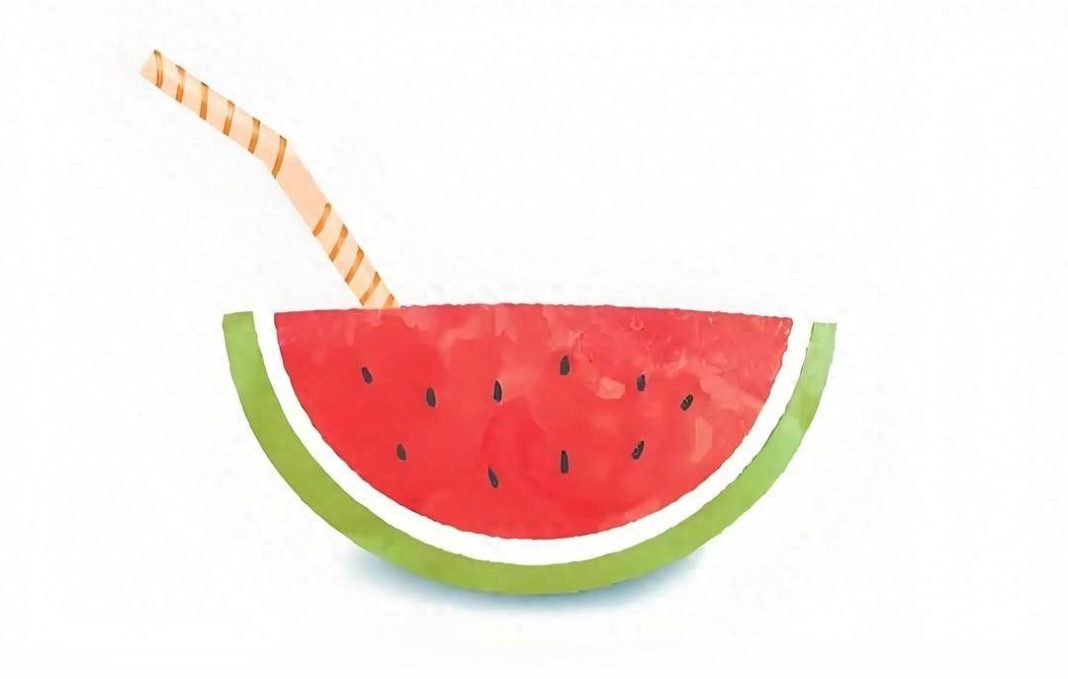In today’s pursuit of a healthy lifestyle and ideal body shape, many people choose to control their diet for weight loss. However, among numerous weight loss foods, fruits are often mistakenly regarded as low-calorie health foods that can be consumed in unlimited quantities. Many girls even only eat fruits to lose weight, resulting in gaining more weight instead. In fact, not all fruits are low in calories; some fruits have quite high calories, and overeating them can also hinder weight loss progress.
Today, let’s explore how to choose fruits so that we can enjoy our cravings while keeping our weight light!
The calories in fruits mainly come from carbohydrates and fats, as the protein content in fruits is very low and can thus be ignored. The top three fruits with the highest calories are: durian (which contains both fat and sugar), avocado (high in fat), and banana (which has both sugar and starch). Other high-sugar fruits include jackfruit, fresh jujube, grapes, longan, and lychee. If these fruits are consumed in excess, their high sugar content can easily convert to body fat, affecting weight loss results.
Even those fruits widely regarded as low-calorie, such as the summer favorite—watermelon, which has a sugar content of only about 7%, can still lead to substantial intake; eating half a small watermelon (around 1kg) is equivalent to consuming a large bowl of rice. Additionally, dried fruits like raisins and apricots, due to the removal of moisture, have a significantly increased energy density, so they should be consumed cautiously, paying attention to the quantity.
Is it true that the sweeter the fruit, the higher its sugar content and calories? The answer is no; the sweetness of fruit depends on the fructose content, which is sweeter than glucose—particularly refreshing. Moreover, the lower the temperature, the sweeter it becomes. Some fruits may taste less sweet or slightly sour, but their sugar content is not low. For example, hawthorn tastes sour but contains about 25g of carbohydrates and 102 kilocalories per 100g, making it a high-sugar fruit; on the other hand, apples may taste sweet, but contain about 13g of carbohydrates and 53 kilocalories per 100g, categorizing them as low-calorie fruits. Similarly, avocado has about 7.4g of carbohydrates and 15.3g of fat per 100g, clearly classifying it as a high-calorie fruit.
Of course, sour fruits are generally not easy to overeat, whereas sweet fruits can easily lead to excessive consumption. For instance, fruits like watermelon and lychee can be consumed casually in large quantities. Therefore, we cannot judge the sugar content and calories of fruits based solely on taste. According to the “Dietary Guidelines for Chinese Residents,” the recommended daily fruit intake is 200-350g, which is roughly the size of a medium fist plus an egg-sized kiwi or orange; that would suffice for a person’s daily fruit requirement.
The same fruit can have different calorie contents depending on its ripeness. For example, bananas and kiwis; unripe bananas (green) contain a higher amount of resistant starch, have a slightly bitter taste, are not easy to digest, and increase the time food stays in the gastrointestinal tract, containing 74 kilocalories as a low-calorie fruit. On the other hand, ripe bananas contain more carbohydrates, with calories reaching 93, classifying them as high-calorie, high-sugar fruits.
Therefore, when following a weight loss plan, it is crucial to select and control fruit intake reasonably. We can approach it in the following ways:
1. Prioritize fresh, low…


